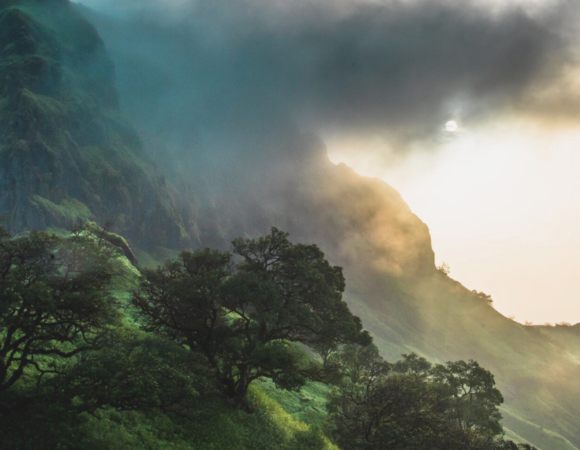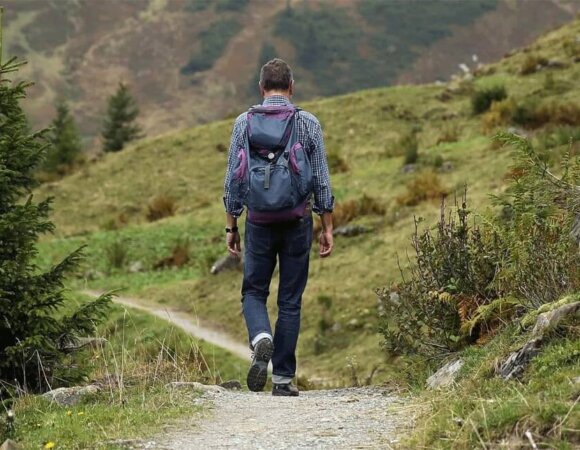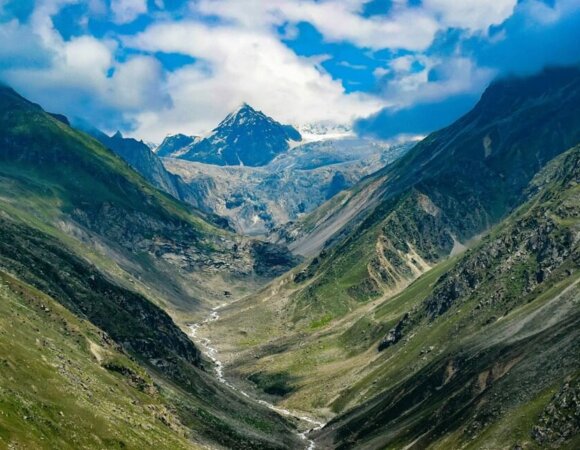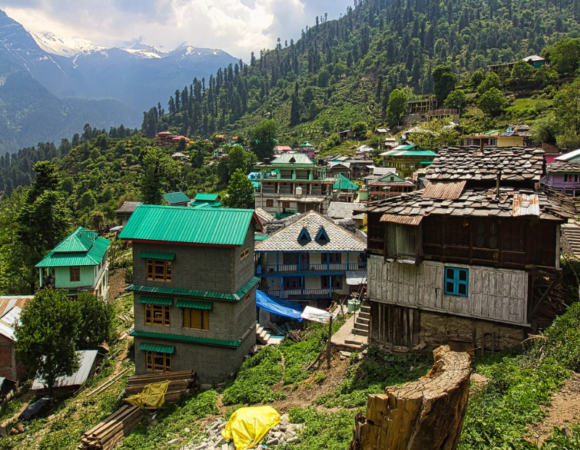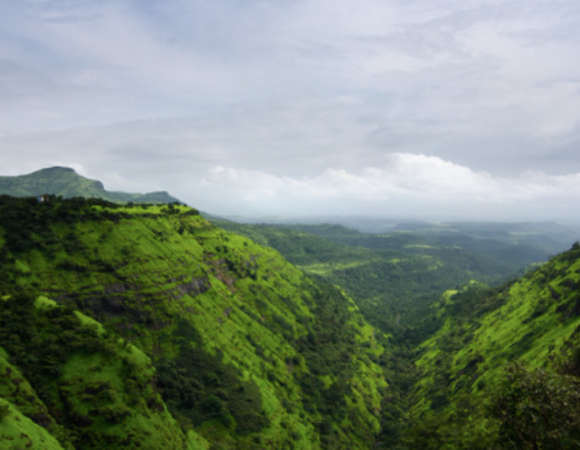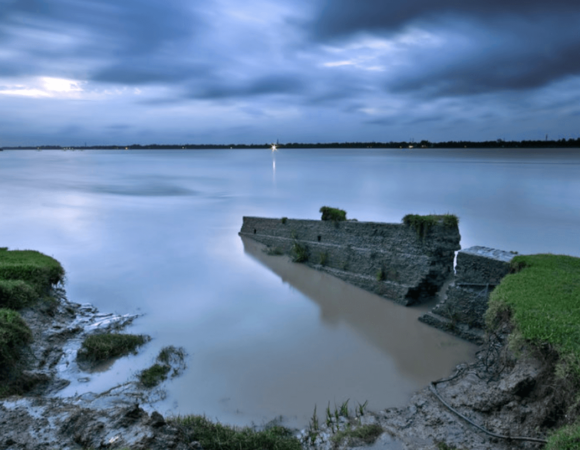Monsoon Trek Essentials – Must Have Gear and Expert Tips
Discover essential monsoon trek essentials including waterproof gear, quick-dry clothing, and expert tips for safe hiking during rainy seasons. Learn how to prepare for slippery trails, heavy rainfall, and enjoy the lush landscapes safely.
Table of Contents
ToggleMonsoon Trek Essentials
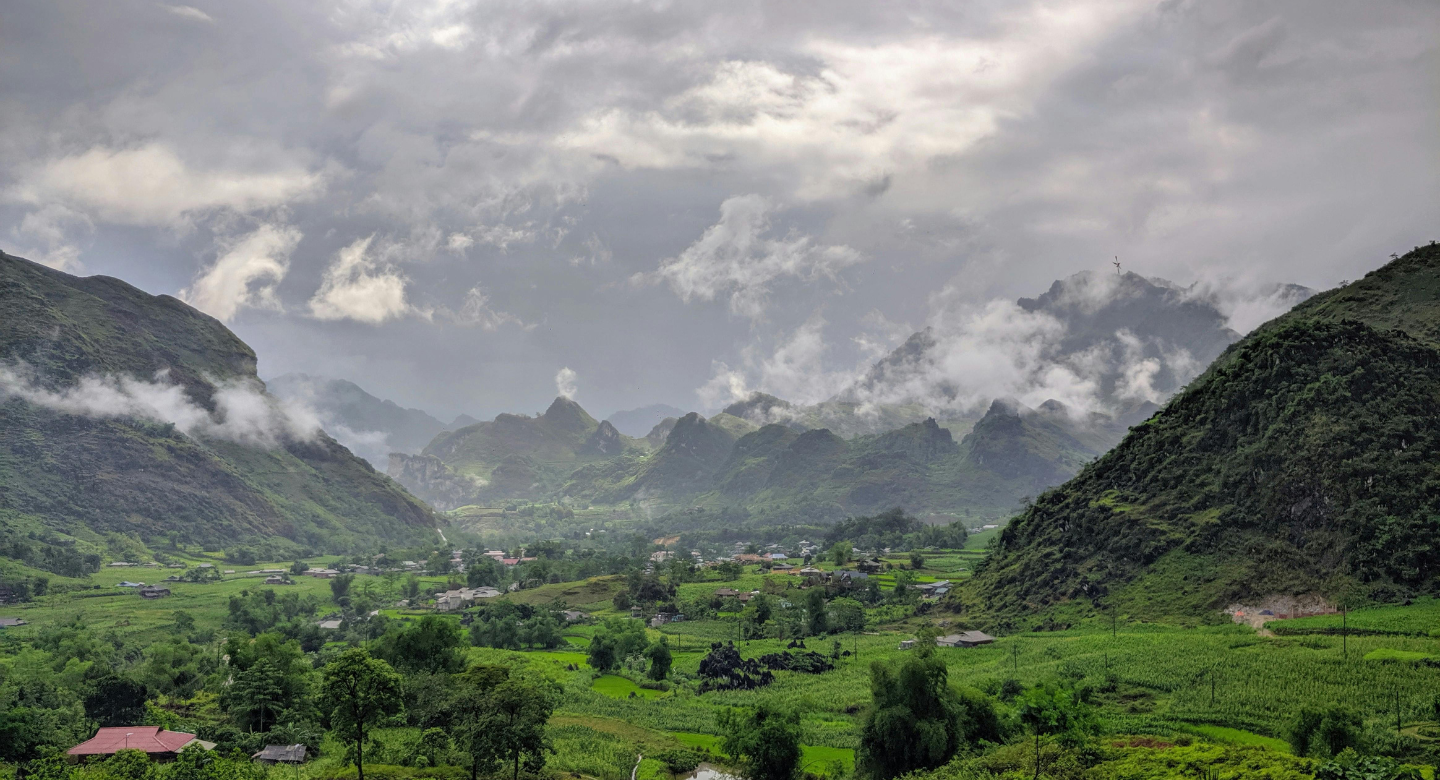
The monsoon season transforms ordinary hiking paths into vibrant, lush landscapes filled with flowing waterfalls and mystical fog. Monsoon trek essentials become your lifeline during these adventures, as unpredictable weather demands specialized preparation. Trekking during the rainy season offers breathtaking views of nature at its most dramatic, but requires careful planning and the right equipment to ensure both safety and enjoyment.
Many trekkers avoid monsoon adventures due to concerns about difficult conditions. However, with proper monsoon trekking gear and knowledge, these journeys can become some of your most memorable outdoor experiences. The key is understanding what to pack and how to navigate the unique challenges of wet weather hiking.
The reward for braving the rain is worth every precaution – pristine trails with fewer crowds, vibrant greenery that seems almost electric in its intensity, and the symphony of falling water creating a backdrop like no other. Seasoned trekkers often claim that monsoon landscapes offer a completely different perspective of familiar trails, with cloud-kissed peaks and valleys shrouded in gentle mist creating almost mystical experiences.
Why Monsoon Trekking Requires Special Preparation
Monsoon trekking differs significantly from dry-season hiking for several important reasons:
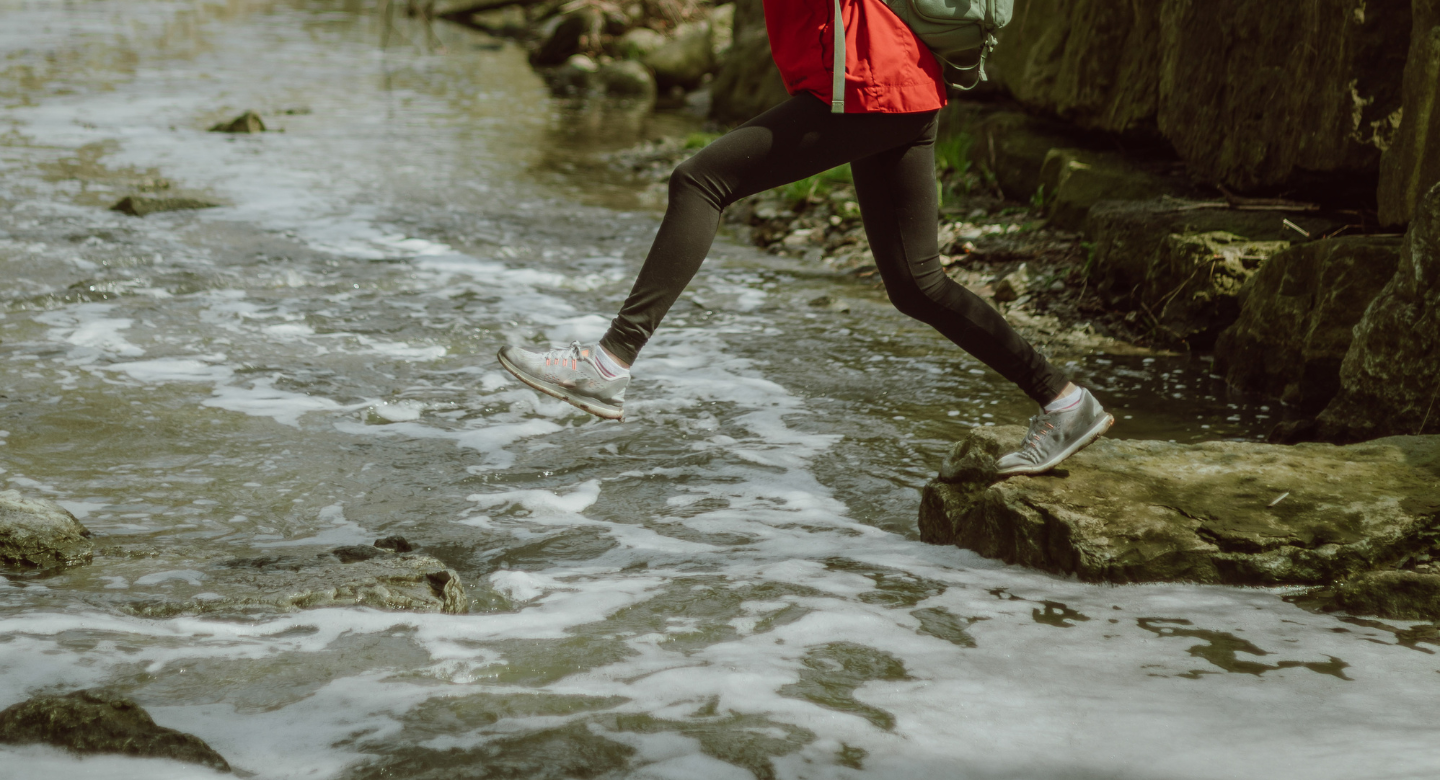
- Slippery terrain makes each step potentially hazardous without proper footwear
- Reduced visibility from fog and rain can complicate navigation
- Sudden weather changes can quickly transform easy paths into challenging routes
- Water crossings become deeper and more dangerous
- Risk of hypothermia increases even in warmer climates due to constant wetness
Understanding these challenges helps you appreciate why specific must-have items for monsoon trek adventures aren’t just recommendations—they’re necessities for your safety and comfort.
Essential Monsoon Trekking Gear
1. Waterproof Backpack Protection

Your backpack houses all your survival essentials, making its protection critical during monsoon treks:
- Waterproof backpack cover that fully wraps around your pack during rainfall
- Internal dry bags to organize and protect gear inside your backpack
- Quick-access waterproof pouches for items you need frequently without exposing main compartments
Expert tip: Line your entire backpack with a heavy-duty garbage bag before packing for an additional waterproofing layer. This simple tip for trekking in monsoon conditions can save your gear when rain persists for days.
The dual-protection strategy (external rain cover plus internal waterproofing) proves essential when trekking through heavy downpours or when your pack gets placed on wet ground during breaks. Remember that even small amounts of moisture can damage electronics or make clothing unwearable, so this redundancy isn’t excessive – it’s necessary monsoon trekking gear preparation. Color-coding your internal dry bags also helps locate items quickly without exposing the entire pack contents to rainfall.
2. Rain Protection Clothing
Your outer layer forms your first defense against constant rainfall:
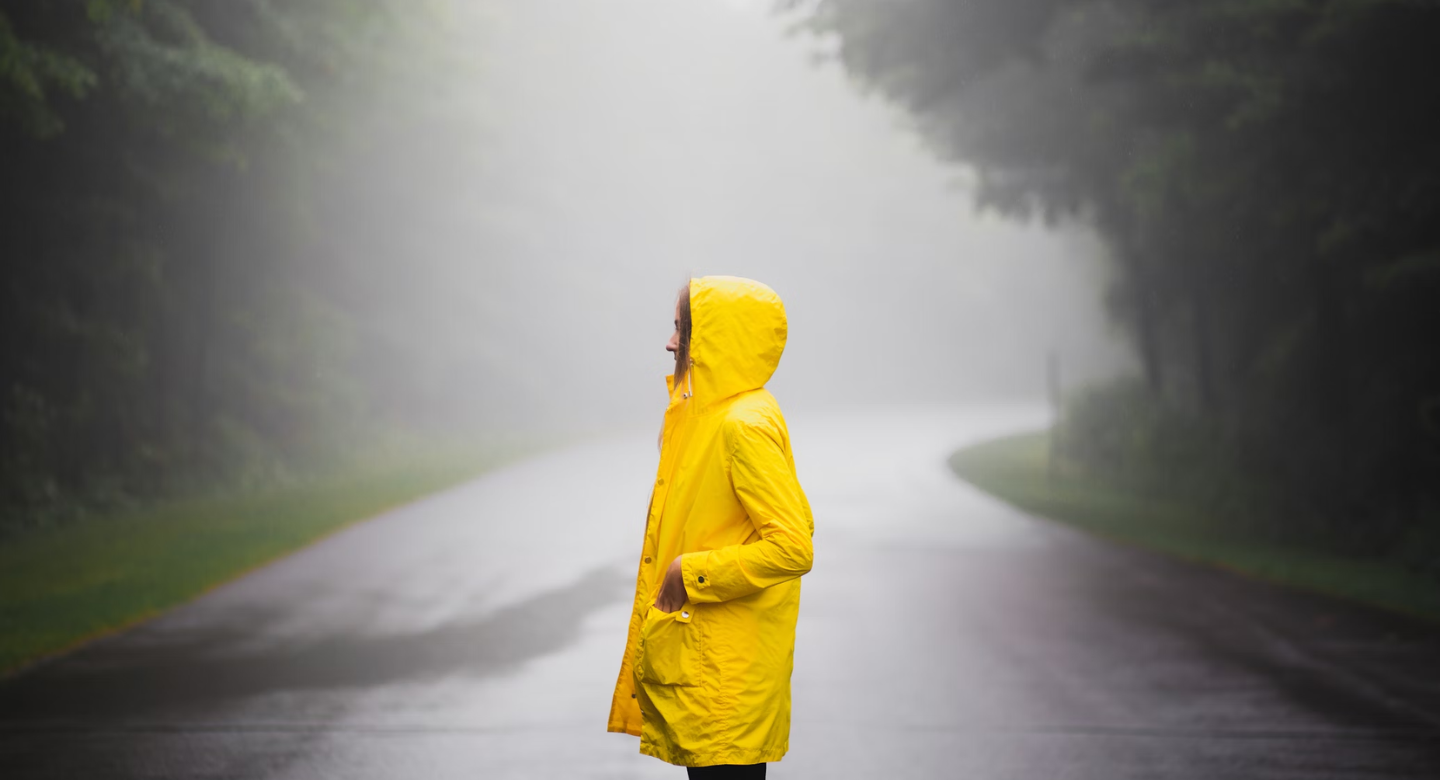
- Waterproof poncho that covers both you and your backpack during heavy downpours
- Rain jacket with hood featuring sealed seams and ventilation options
- Waterproof pants that prevent water from soaking your lower body
Expert tip: Wear a cap with a brim under your rain hood to direct water away from your face. This monsoon trekking tip helps maintain visibility during heavy rainfall and prevents water from running down your neck.
When selecting rain protection, prioritize breathability alongside waterproofing. Cheaper rain gear often traps perspiration inside, creating uncomfortable dampness even while blocking external moisture. Look for jackets with underarm vents and breathable membranes that allow sweat vapor to escape. Many experienced trekkers prefer ponchos for monsoon trek essentials because they provide better ventilation while hiking uphill, reducing the clammy feeling often accompanying extended raingear use. The loose fit also allows air circulation that helps regulate body temperature during exertion.
3. Appropriate Footwear
Footwear becomes especially crucial during monsoon adventures:
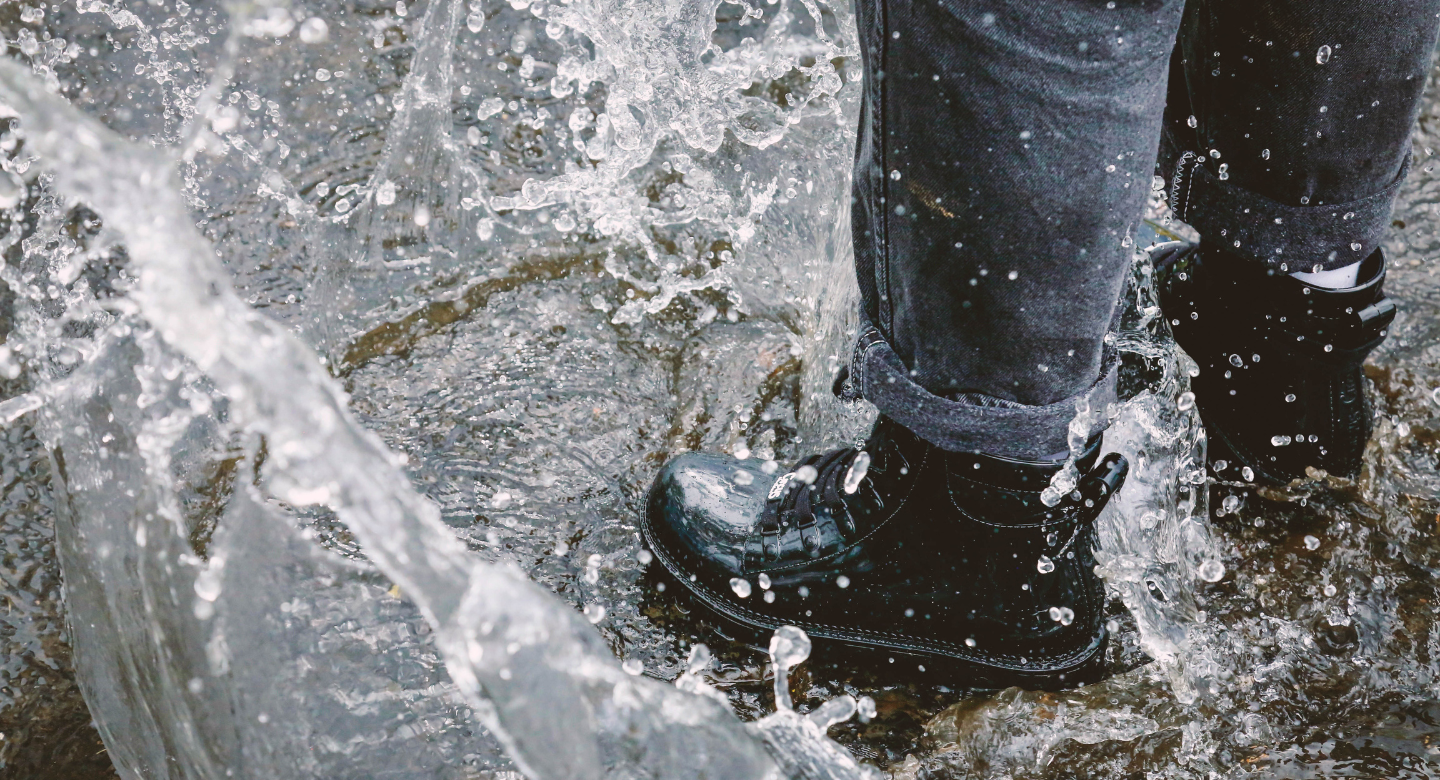
- Quick-drying trekking shoes with aggressive tread patterns for muddy terrain
- Waterproof hiking boots for more technical trails with ankle support
- Trail sandals or water shoes for river crossings and camp use
Expert tip: Never bring brand new shoes on a monsoon trek. Pre-break footwear to prevent blisters, as wet conditions increase friction and skin sensitivity. This fundamental how to trek during monsoon advice prevents painful injuries that could ruin your experience.
4. Moisture-Wicking Clothing
Your clothing strategy needs special attention during rainy treks:
- Quick-dry synthetic or wool base layers that maintain warmth even when damp
- Multiple pairs of moisture-wicking socks to rotate throughout the day
- Lightweight fleece mid-layers that dry quickly when conditions improve
Expert tip: Pack clothing in individual waterproof bags and change into dry clothes immediately upon reaching camp. This rainy-season trekking gear management approach prevents hypothermia and improves overall comfort.
Additional Must-Have Items for Monsoon Treks
Beyond the basics, these items complete your monsoon trek essentials checklist:

1. Trekking Support and Protection
- Trekking poles with mud baskets to provide stability on slippery surfaces
- Gaiters to prevent mud, water and leeches from entering your boots
- Anti-leech socks or repellent for forested trails where leeches thrive
2. Electronics Protection
- Waterproof phone case with touch capability for navigation and emergencies
- Dry bags for electronics including cameras, power banks and headlamps
- Extra batteries stored in waterproof containers to prevent moisture damage
3. Camp Comfort Items
- Quick-dry microfiber towels that take minimal space but absorb maximum moisture
- Waterproof tent with full rain fly and proper ventilation to reduce condensation
- Sleeping bag liner to provide a dry sleeping surface even in humid conditions
Expert Tips for Trekking in Monsoon Conditions
Following these monsoon trekking tips from experienced hikers can dramatically improve your journey:
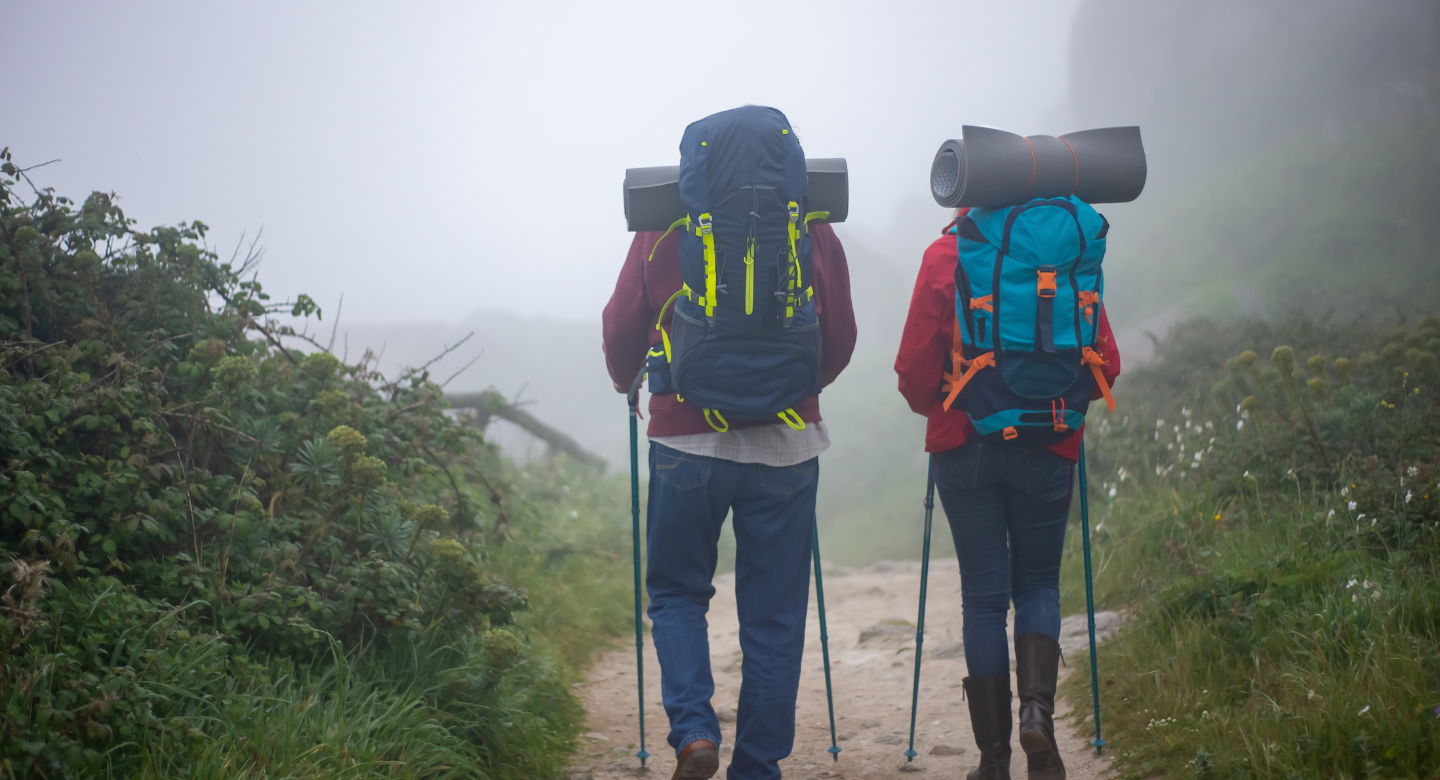
Planning Your Route
- Research trails specifically known to be safe during monsoon seasons
- Avoid areas prone to flash floods or landslides during heavy rainfall
- Plan shorter daily distances than you would during dry seasons
- Study topographical maps to identify potential water crossing points that might become impassable
- Build in extra buffer days to accommodate weather-related delays
Understanding watershed areas becomes crucial when planning monsoon routes. A trail that crosses the same stream multiple times presents greater challenges than one that follows ridgelines. Consulting local guides familiar with how to trek during monsoon seasons provides invaluable insight about specific regions and their rainfall patterns.
Daily Trekking Strategies
- Begin hiking early in the morning when rainfall is typically lighter
- Use the layering system efficiently, adjusting clothing as conditions change
- Take smaller, more deliberate steps on slippery sections instead of long strides
- Watch for changing water levels in streams and rivers throughout the day
- Rest more frequently to monitor weather changes and adjust plans accordingly
Expert tip: Always inform someone reliable about your detailed itinerary before departing. This crucial how to trek during monsoon safety practice ensures someone knows where to look if emergency assistance becomes necessary.
Camp Management
- Set up tents on slightly elevated ground to prevent water pooling
- Create drainage channels around your tent if extended rainfall is expected
- Keep wet gear in vestibule areas, never inside your sleeping area
- Hang wet clothes under rain tarps (not inside tents) during breaks in rainfall
- Select campsites with natural wind protection but avoid areas under damaged trees
Monsoon Trekking Checklist
Use this comprehensive monsoon trekking checklist to ensure you’re fully prepared:
Rain Protection:
- Waterproof backpack cover
- Rain poncho or jacket and pants
- Dry bags for internal organization
Clothing:
- Quick-dry base layers (no cotton)
- Moisture-wicking socks (3-4 pairs)
- Fleece mid-layer
- Hat with brim
Footwear:
- Waterproof hiking boots or shoes
- Camp/water crossing sandals
- Gaiters
Safety:
- Trekking poles
- Headlamp with extra batteries
- First-aid kit with blister treatment
- Anti-leech protection
Comfort:
- Quick-dry towel
- Biodegradable wet wipes
- Plastic bags for wet items
Health and Safety During Monsoon Treks
Special attention to health concerns becomes vital when dealing with consistently wet conditions:
- Foot care takes precedence as constant moisture increases blister and fungal infection risks
- Apply anti-fungal powder to feet and skin folds daily as preventive care
- Monitor for signs of hypothermia even in warm climates due to evaporative cooling
- Carry electrolyte packets to replace minerals lost through increased sweating under rain gear
Experienced monsoon trekkers recognize that most discomfort and dangers come not from the rain itself but from improper preparation. The best rainy-season trekking gear includes preventive health items that many novices overlook. Maintaining dry sleeping clothes and practicing diligent foot care can make the difference between an enjoyable adventure and a miserable experience.
Environmental Responsibility
Monsoon conditions amplify our environmental impact in several ways:
- Pack out all trash as rainfall can wash waste into water sources more rapidly
- Stick to established trails to prevent erosion damage to rain-softened terrain
- Use biodegradable soap for washing as chemicals disperse more widely during wet periods
- Respect wildlife that may be more active or visible during rainy seasons
Understanding how our presence affects fragile ecosystems during monsoons represents an essential aspect of how to trek during monsoon seasons responsibly. The increased water flow means that even small amounts of non-biodegradable waste can travel far downstream, affecting communities and wildlife beyond the immediate trekking area.
Conclusion About Monsoon Trek Essentials – Must Have Gear and Expert Tips
Mastering monsoon trek essentials transforms potentially miserable experiences into awe-inspiring adventures through some of nature’s most spectacular displays. The vibrant landscapes, flowing waterfalls, and mystical atmosphere of monsoon treks reward those who prepare properly. By investing in quality monsoon trekking gear and following expert tips for trekking in monsoon conditions, you’ll discover a world many travelers never experience.
Remember that monsoon trekking requires additional preparation and respect for nature’s power. Pack thoughtfully, trek responsibly, and always prioritize safety over reaching destinations when conditions deteriorate. With the right preparation and mindset, your monsoon treks will become the adventures you reminisce about for years to come.
What must-have items for monsoon trek adventures would you add to this list? Share your experiences and recommendations in the comments below!
Explore More Such Tips for Trekking
Trekking Shoes vs. Sport Shoes: Which One is Best for You?
How to Choose the Right Backpack for Your Trek
Best Trekking Apps to Help You Plan Your Journey
Frequently Asked Questions (FAQs) About Monsoon Trek Essentials – Must Have Gear and Expert Tips
How do I protect my electronics during monsoon treks?
Multiple layers of protection are recommended for electronics during rainy season treks. Use waterproof hard cases for cameras, waterproof pouches with roll-top closures for phones and power banks, and silica gel packets inside each container to absorb moisture. As an additional precaution, keep electronics in the center of your backpack surrounded by clothing. These monsoon trekking gear strategies provide redundant protection against both direct rainfall and humidity.
How do I deal with leeches during monsoon treks?
Leech protection requires a multi-faceted approach during monsoon treks. Wear full-length clothing treated with permethrin spray, use dedicated anti-leech socks over regular trekking socks, apply insect repellent on exposed skin, and carry salt packets to remove attached leeches. Check your body frequently during rest breaks, especially in warm, moist areas like behind the knees and ankles. This important tip for trekking in monsoon regions with leeches can prevent discomfort and potential infections.
What if my sleeping bag gets wet during a monsoon trek?
A wet sleeping bag is a serious concern that can lead to hypothermia. Prevention is critical: always transport your sleeping bag in a waterproof compression sack inside your backpack, and set up tents properly before unpacking sleeping gear. If your sleeping bag does get wet, wring it gently, expose it to air during dry periods (if possible), and use your emergency bivy sack as a moisture barrier. This challenging scenario highlights why proper monsoon trekking gear organization is essential.
How do I choose a tent for monsoon trekking?
For monsoon treks, select a tent with a full-coverage rain fly that extends to the ground, a bathtub-style floor with high waterproof ratings (minimum 3000mm hydrostatic head), sealed seams, and multiple guy-out points for stability in winds. Double-wall tents with adequate ventilation help manage condensation. Freestanding designs offer more flexibility on wet ground. This critical rainy season trekking gear investment should not be compromised as your tent becomes your sanctuary during extended rainfall.
Is it possible to light a fire during monsoon treks for cooking or warmth?
Fire-starting becomes extremely challenging during monsoon conditions, which is why reliable stoves are included in monsoon trek essentials. Pack a pressurized canister stove rather than wood-burning alternatives, carry waterproof matches and multiple lighters in waterproof containers, and include fire-starting aids like cotton balls soaked in petroleum jelly. Always cook under a tarp setup that shields your stove from direct rainfall while allowing proper ventilation.
How do I manage river crossings during monsoon treks?
River crossings require extra caution during monsoon seasons as water levels can rise rapidly. Never attempt to cross fast-flowing water above knee height or when the water appears discolored (indicating debris flow). Use trekking poles for stability, unclip your backpack’s waist belt for quick release if needed, and consider dedicated water shoes for better grip. This crucial how to trek during monsoon skill may sometimes require waiting hours or days for water levels to recede.
What’s the best way to dry clothes during multi-day monsoon treks?
Drying clothes completely during monsoon treks is often impossible, making quick-dry materials essential. Wring wet clothes thoroughly, roll them in a dry towel to extract more moisture, and hang them under tarp extensions during breaks in rainfall. Attach damp items to the outside of your pack while hiking (if rain pauses) to use body heat and air movement. This practical monsoon trekking tip emphasizes why cotton clothing should be entirely avoided during rainy season adventures.
How much extra time should I budget for monsoon treks compared to dry seasons?
Plan for approximately 30-50% more time for monsoon treks compared to the same route in dry conditions. This accounts for slower walking speeds on slippery terrain, potential detours around flooded areas, limited daylight in cloudy conditions, and possible weather delays. A route normally completed in 4 days might require 5-6 days during monsoon season. This realistic tip for trekking in monsoon conditions helps set appropriate expectations and reduce unnecessary risk-taking to meet schedules.

